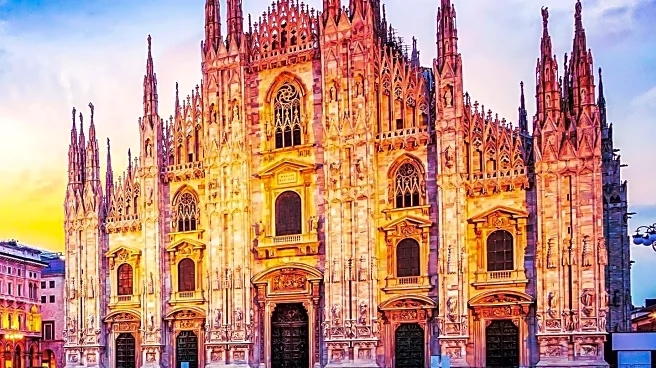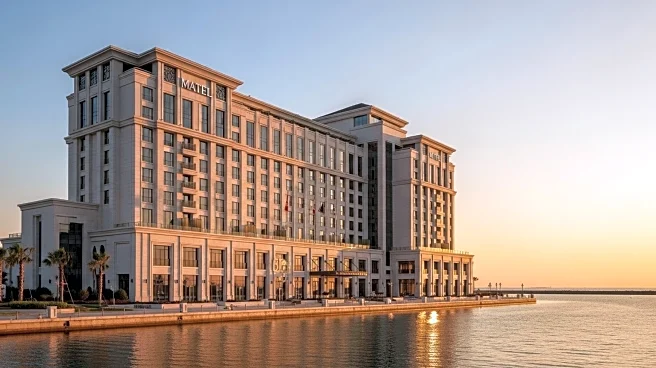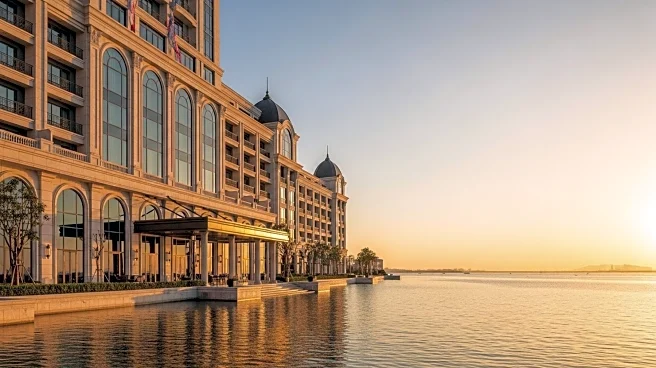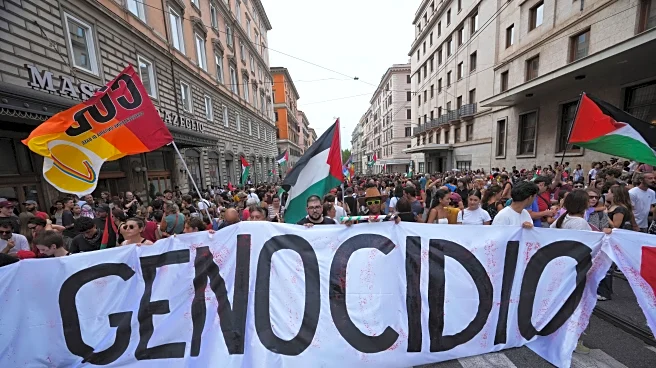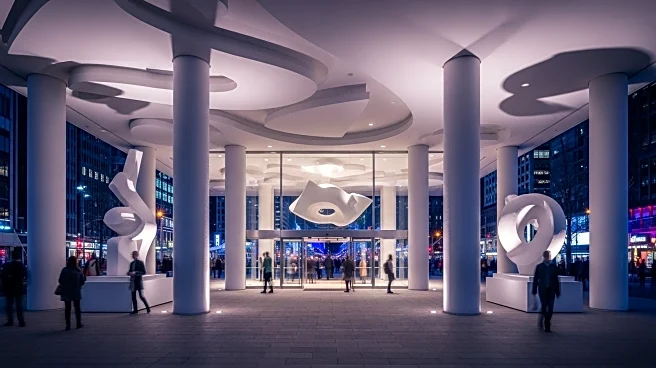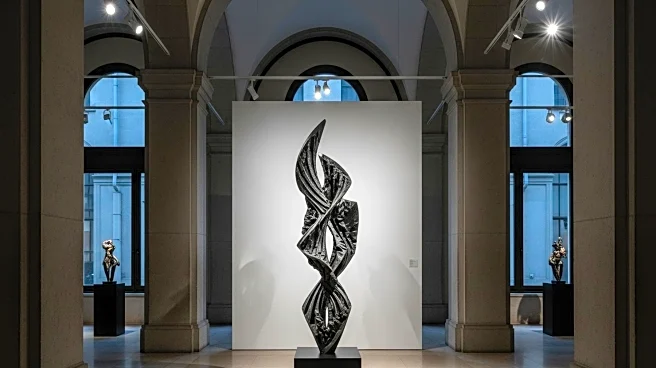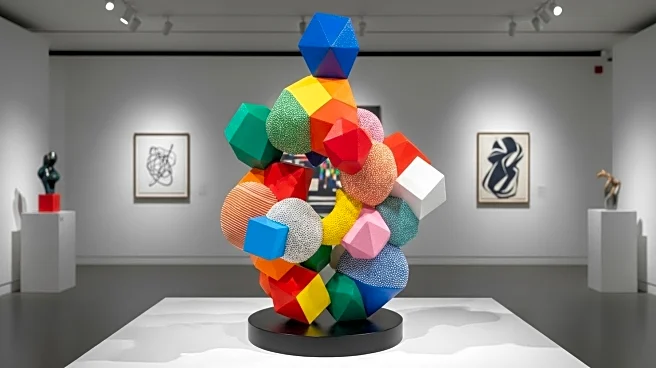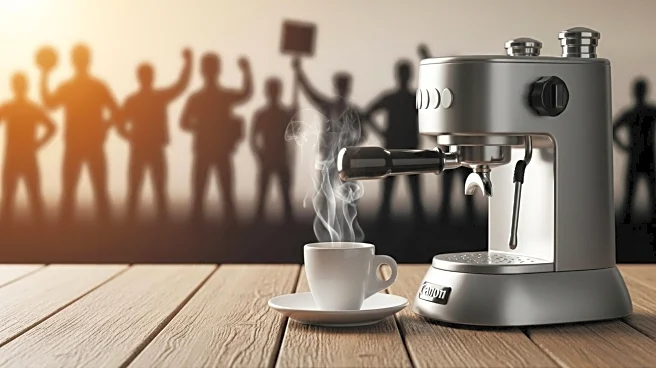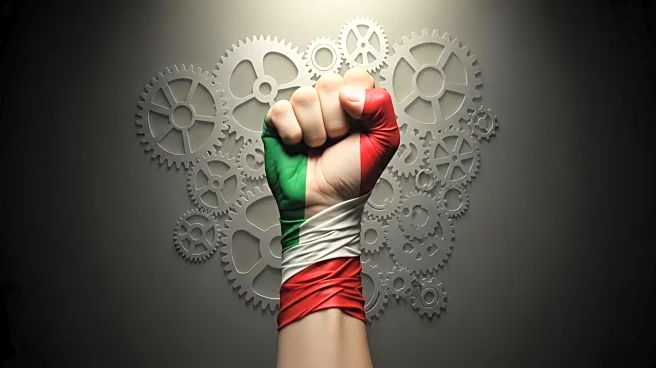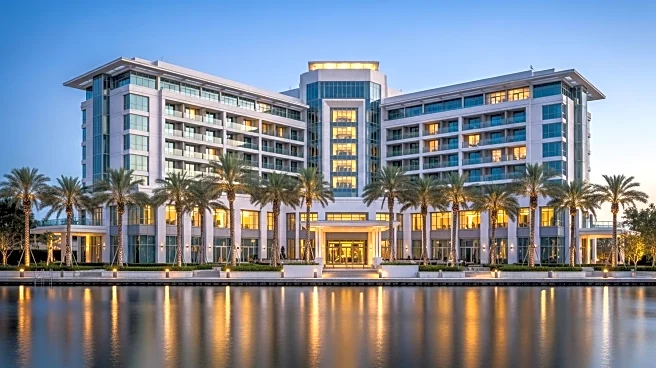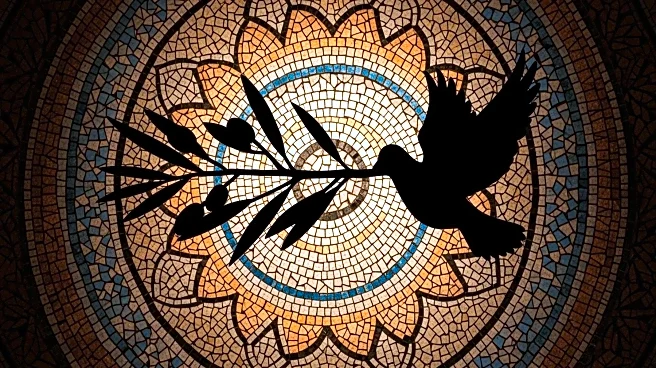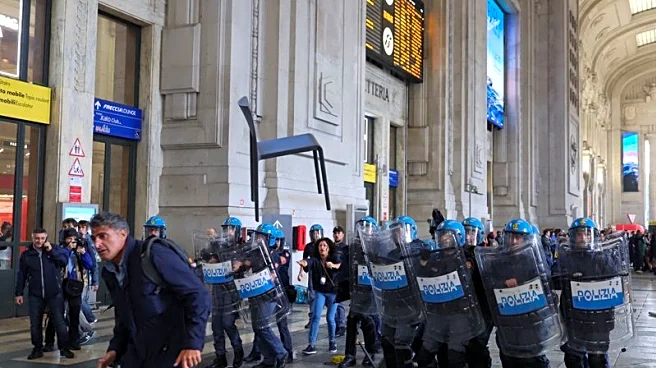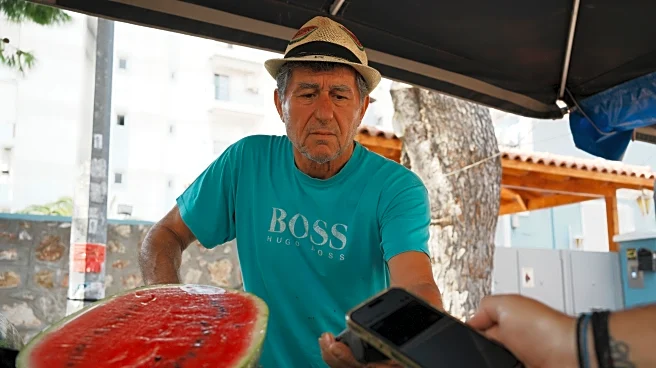What is the story about?
What's Happening?
Milan is experiencing renewed interest in its art scene with the opening of Thaddaeus Ropac's gallery, signaling potential growth for the city as a contemporary art hub. Despite previous false starts, Milan's cultural landscape is evolving, supported by local institutions, international art fairs, and tax incentives for foreign nationals. The gallery's opening, featuring works by Georg Baselitz and Lucio Fontana, aims to attract collectors and establish Milan as a significant player in the art market. The city's strategic location and favorable tax conditions are drawing interest from international collectors, potentially reshaping its cultural identity.
Why It's Important?
The development of Milan's art scene has implications for the city's cultural and economic landscape. As Milan positions itself as a contemporary art destination, it could attract more international collectors and investors, boosting the local economy and enhancing its global profile. The presence of prominent galleries and favorable tax conditions may encourage further investment in the arts, fostering creativity and innovation. Milan's growth as an art hub could also influence cultural policy and urban development, as stakeholders seek to balance commercial interests with artistic integrity and community engagement.
Beyond the Headlines
Milan's art scene faces challenges, including the need for a public contemporary art museum and the risk of rising property prices displacing artists and students. The city's ability to navigate these issues will be crucial in sustaining its cultural vitality. The gallery's opening reflects broader trends in the art market, where secondary market players and established collectors play a significant role. Milan's evolution as an art capital may also impact regional dynamics, as other cities in Italy and Europe respond to its growing influence.
AI Generated Content
Do you find this article useful?
